There are few "high art" paintings of British miners working at the coal face compared to the daily lives of fishermen, weavers or farm workers. In fact miners, even on the pit surface, are rarely represented. There are a number of interesting reasons for this artistic gap which will be briefly explored in this article.
This theme about the absence of art depicting mining communities has been explored through the play, 'The Pitmen Painters' by Lee Hall who also wrote 'Billy Elliot'. He tells the true story of a group of Northumberland miners who decided to take up painting as a way of recording their lives. The results were outstanding and give a rare insight into the lives of working miners from the men who were actually living their art.


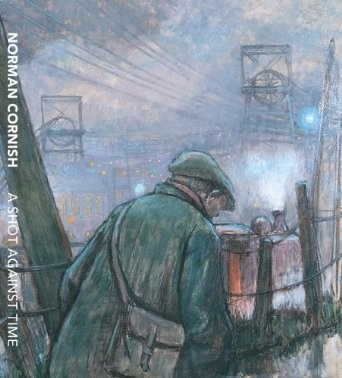


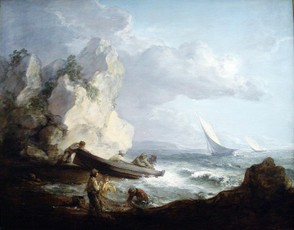
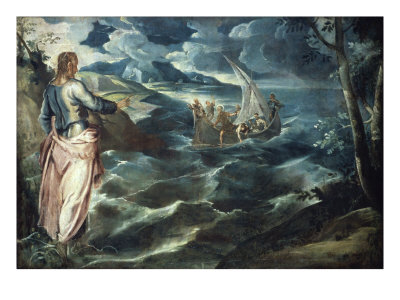
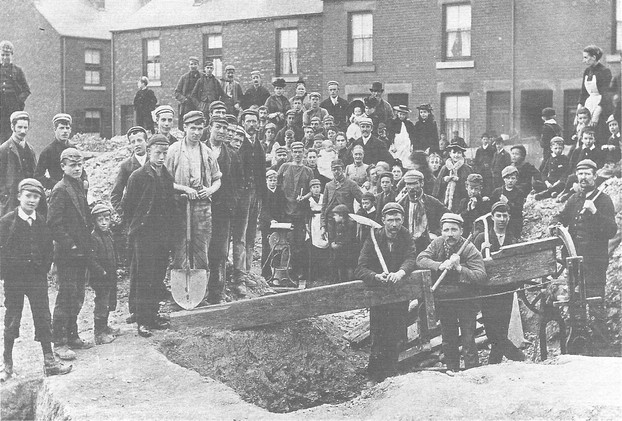
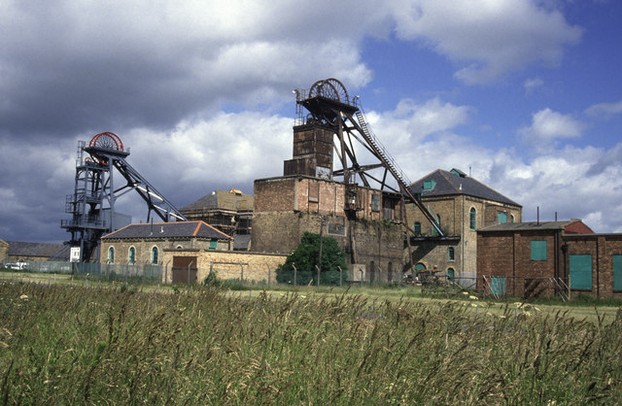
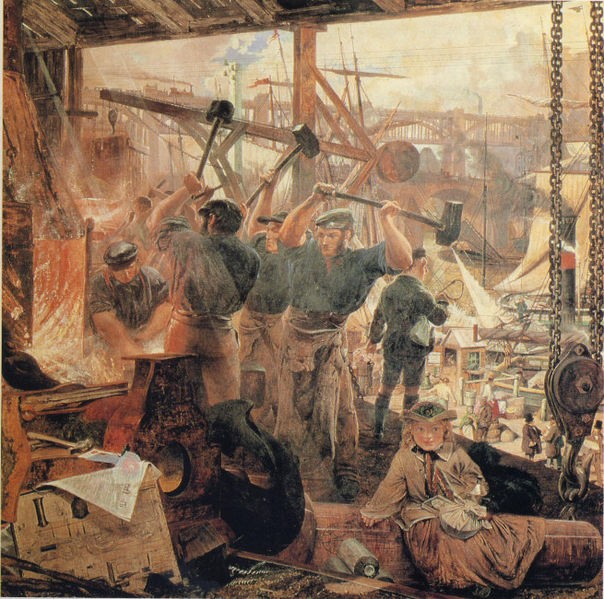
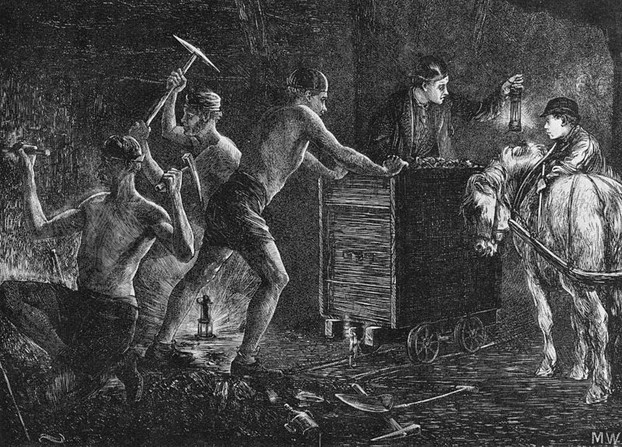
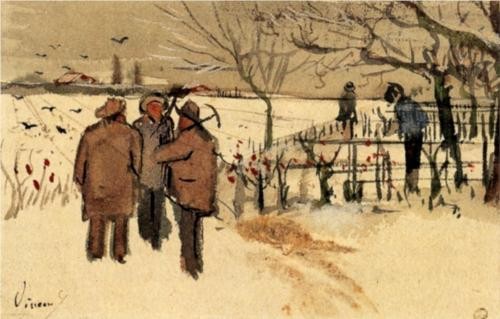
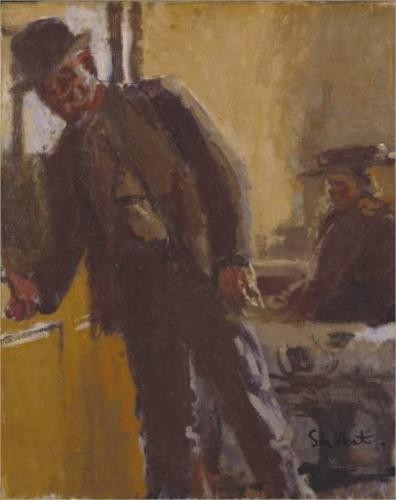



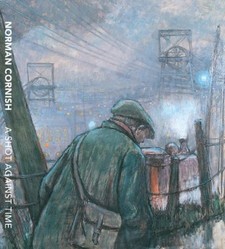

 How to Choose a Walking Cane or Stickon 08/01/2014
How to Choose a Walking Cane or Stickon 08/01/2014
 Michael Miller Fabulous Fabric Swatches for Quilting, Crafts etcon 07/02/2014
Michael Miller Fabulous Fabric Swatches for Quilting, Crafts etcon 07/02/2014
 The Drama of Life in the Rock Poolon 06/08/2014
The Drama of Life in the Rock Poolon 06/08/2014
 The Flâneur - Symbol of Modernity in 19th Century Parison 05/09/2014
The Flâneur - Symbol of Modernity in 19th Century Parison 05/09/2014

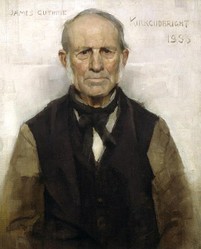
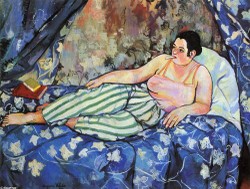
Comments
Hi Brenda - I'm really pleased you enjoyed this article. It's a hard life, as your grandfather will no doubt have testified. Thank you very much for your comment.
I love this. My grandfather was a coal miner.
Hi Jptanabe - Yes, it's strange the myths that grow up around certain professions. I think blacksmiths were always regarded with suspicion too - their forges were often ont he edge of the village because they were sometimes associated with magic - but there's plenty of them in art! Thanks for your comment.
Great job! Never really thought about the lack of miners in art - of course it's pretty dark down there in the mines! But to associate them with Hades and the underworld, hadn't thought of that.
Hello Mira - Yes, it does make a good topic as the two i.e. miners/art just don't come up that often! I'm glad you found it interesting!
Interesting topic, and nice explanations why we don't see more miners in high art. Thank you for the article, Kathleen!